 John Morris: His Latest Figments (1)
John Morris: His Latest Figments (1)
In his increasingly frantic and inept efforts to explain away the glaring discrepancies in the original fiction he spun regarding Robert Capa’s actions on D-Day and the resulting fate of his Omaha Beach negatives, as well as his attempts to elide the improbabilities in the far-fetched “new theory” of those events that he is cobbling together, John Morris, the former LIFE picture editor, keeps digging himself into an ever deeper hole.
The research conducted by myself and others, published in 2014 at this blog, has already forced Morris to change his tune drastically. He now acknowledges that Capa likely made no more than the ten surviving images on Omaha Beach, staying there no longer than the 30 minutes or less that those exposures required, and that therefore no additional negatives of the landing got damaged or lost in LIFE‘s London darkroom on the night of June 7, 1944.
I have reason to suspect Morris is constructing his revised narrative in consultation with assorted colleagues, including his new business partners at Contact Press Images along with representatives of Magnum Photos and the International Center of Photography. If so, they’re giving him extremely bad advice, because he’s resorting to ill-conceived and easily impeachable fabrications as part of the long-term cover-up.
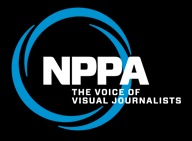 The latest round of these awkward, implausible rationales comes in a document Morris submitted to Bruce Young, a photographer and writer commissioned by the National Press Photographers Association (NPPA) to produce for the organization’s official journal what he describes as “a neutral piece accounting for everyone’s stories and claims.” Early last December, in preparing this forthcoming piece, Young emailed me what he later asserted was a bit of “devil’s advocacy” — a version of Morris’s then most recent revision of the story he’d told for 70 years.
The latest round of these awkward, implausible rationales comes in a document Morris submitted to Bruce Young, a photographer and writer commissioned by the National Press Photographers Association (NPPA) to produce for the organization’s official journal what he describes as “a neutral piece accounting for everyone’s stories and claims.” Early last December, in preparing this forthcoming piece, Young emailed me what he later asserted was a bit of “devil’s advocacy” — a version of Morris’s then most recent revision of the story he’d told for 70 years.
I assume that, with his professed commitment to neutrality, Young sent Morris a comparable synopsis of the hard evidence and most-likely-case scenario that has emerged from the investigation here. In apparent response to that summary by Young (which I haven’t seen, so I can’t vouch for its accuracy), Morris has now prepared and distributed a document titled “The A. D. Coleman Attack.” (Click here for a PDF.) I’ll list the untruths therein, each followed by the evidentiary disproofs thereof.. — A. D. C.
•
John Morris Figment 1: Morris writes, “In his ‘Alternate History’ post of June 17 Coleman mistakenly assumes that Capa’s handwritten captions on his pictures of invasion preparations were written after rather than before he landed on the beach.” Supporting evidence: None.
Fact: This is false, as you can easily verify by reading that June 17 post. I make no such assumption, there or elsewhere in this series of posts.
John Morris Figment 2: A bit further on, Morris writes, “In his ‘Alternate History’ post of June 26 [Coleman] pounces on the revelation by photographer Rob McElroy that a promotional video made for TIME magazine used digitally altered copies of the Capa Omaha landing sequence to illustrate an interview I had given TIME in which I repeated my usual version of the Dennis Banks story. This leads Coleman to conclude that the negatives held by ICP ‘constitute forgeries.'” Supporting evidence: None.
Facts: This is also false, as you can easily verify by reading that June 26 post. When you do, you’ll quickly discover the following:
(a) That post — aside from my short introductory editor’s note — was written by photographer Rob McElroy, not by me.
(b) It concerns not “the negatives held by ICP” but digital scans of those negatives altered via computer to look “damaged,” done with the approval of the International Center of Photography. Those fakes appeared, without annotation, in the TIME video produced last spring for TIME by Magnum in Motion (a subsidiary of Magnum Photos), which in turn commissioned it from their former chief multimedia producer, now a freelance, Adrian Kelterborn.
(c) I have never once stated or suggested that any of the Capa negatives in the ICP collection are forgeries. McElroy does in fact prove that those supposed examples of Capa’s “damaged” D-Day negatives were forgeries — conclusively enough that, overnight, TIME acknowledged the fakery in an email to me, amended that video, and posted a notice to that effect in the accompanying story at its website.
I’ve no idea what Morris means by calling TIME‘s video celebrating the 70th anniversary of D-Day a “promotional video.” It’s hardly an advertisement or advertorial; what does he propose it promotes? Like all videos in this series at TIME‘s website, it’s presented as multimedia journalism, based on TIME‘s archival materials. Hence the obligation that TIME understood belatedly — as Morris apparently still does not — to label those fake Capa negatives as “digital illustrations.”
John Morris Figment 3: “[LIFE photographer David] Scherman’s pictures … arrived [at LIFE‘s London office] in an advance packet on June 7, along with a similar take with handwritten captions from Bob Capa, which I had no need to edit and use. Capa had somehow managed to get his pictures of life on the U.S.S. Samuel Chase over to Scherman when Capa changed ships.” Supporting evidence: None.
Facts: (a) Despite the fact that he lived till 1997, David Scherman never claimed to have received a batch of pre-invasion film from Capa while on shipboard en route to Normandy, then bundling it with his own and sending it on to Morris. Not even in the extensive interview with him that Capa biographer Richard Whelan conducted in 1982. (We know that because Whelan would surely have mentioned this, attributing it to Scherman, in his authorized biography of Capa, published in 1985.)
(b) Not only that, but Scherman made his crossing of the Channel on a Navy ship, LST 317. LST stands for Landing Ship Tank; as the designation suggests, these vessels were typically used to transport combat vehicles and supplies, plus up to 150 troops. For D-Day, however, some — including LST 317 — were repurposed to deliver medics, medical supplies, and ambulances to the beach and then evacuate the wounded.
In the case of LST 317, its cargo included the 500th Medical Collecting Company (the 60th Medical Battalion), which numbered 120 men plus five (5) Jeep-Ambulances. On D-Day the company disembarked from LST 317 at 0730 onto a pontoon barge known as a Rhino ferry. LST 317 thereafter shuttled back and forth to one or another of the larger ships, offloading the wounded for transport back to England and loading fresh troops and matériel for delivery on the Normandy coast. (LSTs converted to hospital ships conveyed 41,035 casualties from the Normandy beaches in the first days of the invasion.)
Military records indicate there were 71 of these “large landing craft” in the 5000-vessel flotilla. Not exactly needles in haystacks, those LSTs; they did constitute a full 1.5 percent of the flotilla. However, since according to his caption notes Capa photographed on board until twilight, finding one particular LST in the ensuing darkness, with all the ships completely blacked out — not to mention the “heavy seas, high winds and thick cloud cover [all across the English Channel] from a potent storm centered north of Scotland” — would have posed quite a visual and navigational challenge for the small vessel carrying the courier Capa sent in search of Scherman, according to Morris’s “new theory.”
(c) Moreover, Capa’s courier would have had to accomplish that feat without any communications guidance: “As the vessels bearing thousands of Allied troops moved out into the channel on the night of 5-6 June 1944, complete radio silence blanketed the armada,” according to the U.S. Army.
(d) To initiate this transfer, Capa would have had to find out exactly which Navy ship Scherman had boarded in that high-secrecy situation. Then, of course, after making his way in the inky blackness of the rough sea to LST 317, Capa’s courier would have had to locate Scherman himself amidst the dozens of men packed like sardines inside the ship.
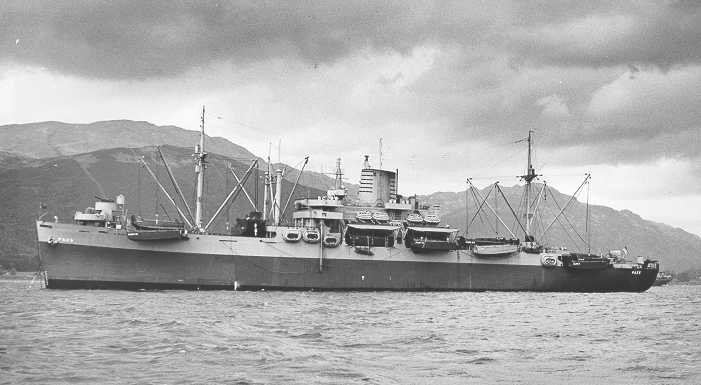
U.S.S. Samuel Chase at anchor, date and location unknown, courtesy U.S. Coast Guard Historian’s Office
(e) In short, the chances of Capa finding any way to get his films from the Chase, a Coast Guard ship, to Scherman’s Navy LST and into Scherman’s hands in that vast armada were slim at best. (Morris offers no explanation as to how Capa achieved this feat.) That’s without even asking why Capa would take the risk of letting those negatives out of of his hands and possibly losing them in transit, while putting Coast Guard and Navy and Army personnel to all that trouble, simply to transfer to Scherman just four 35mm rolls (rather than his entire take) of what Morris has acknowledged were merely stock shots that he, Morris, didn’t even bother to edit and send on to LIFE in New York.
(f) Given the total secrecy in which this massive invasion took place, absolutely no transport of film from the armada back to England took place prior to the actual landing on the Normandy coast. Nor did Scherman hand over any films to a courier during his return trip from the Normandy coast. Thus Scherman could not have sent any “advance packet” of his films and Capa’s to Morris in London until he arrived back in England on the morning of June 7.
(g) According to Scherman’s own first account, as published in LIFE in its June 26, 1944 issue (p. 19),
“When we landed back in England I was standing on the lower deck waiting for the bow doors to open so I could shoot the loading master signaling to us from the wharf and the immediate mad activity that I was sure would attend our arrival. The bow doors started groaning open and I waited with camera poised for the historic picture of whatever was outside. There was one person standing there — a swarthy character with a two-day beard, expectantly focusing his camera for the historic picture of whatever emerged from the slowly opening bow doors. He was LIFE’s Robert Capa.”
Thus, according to Scherman’s original account, written and published just weeks after the invasion, Capa arrived back in Weymouth on the morning of June 7, landing there before Scherman, in which case he would have sent any exposed films he had on to Morris immediately.
(h) In Robert Capa: A Biography (1985), Richard Whelan has Scherman recanting that version, with him arriving in England first and meeting Capa’s boat instead (p. 213). In a footnote, however, Whelan says Scherman recalls that meeting happening in Portsmouth, not Weymouth, on the evening of June 6 rather than the next morning. Both those facts are contradicted by U.S. military records. Subsequently, in This Is War! Robert Capa at Work (2007), Whelan has Scherman again recanting that version (p. 237). Yet, in endnote no. 29, Whelan concludes that portions of Scherman’s 1982 recollection of these events are incorrect.
Be that as it may, Whelan’s Capa materials — drafts, notes, interviews, correspondence — disappeared with his suicide in his Park Slope, Brooklyn apartment in 2007, making it impossible to verify not only any of Whelan’s own assertions but also anything he attributed to Scherman. Given Whelan’s demonstrated propensity for falsifying the record when it suited him and his patrons, Scherman’s original bylined account in LIFE stands as the most trustworthy account of his June 7 encounter with Capa.
(i) With one caveat. In a 1993 interview with John Loengard, Scherman stated his own concept of photojournalism:
“It’s pictorialism with a meaning. … If you didn’t get the picture at the exact instant, you kept the meaning in mind, and you faked the picture, or reframed it. … I was enough of a journalist to realize that you invent a good picture. I was the pioneer of the made-up picture. The faked, invented picture. … During the war I did nothing but fake pictures.” (See “David E. Scherman: Self-Proclaimed ‘Pioneer of the Made-Up Picture'” at LIFE.com.)
•
I’ll continue this analysis in my next post.
•
(For an index of links to all posts in this series, click here.)


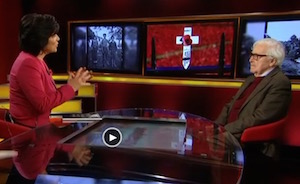
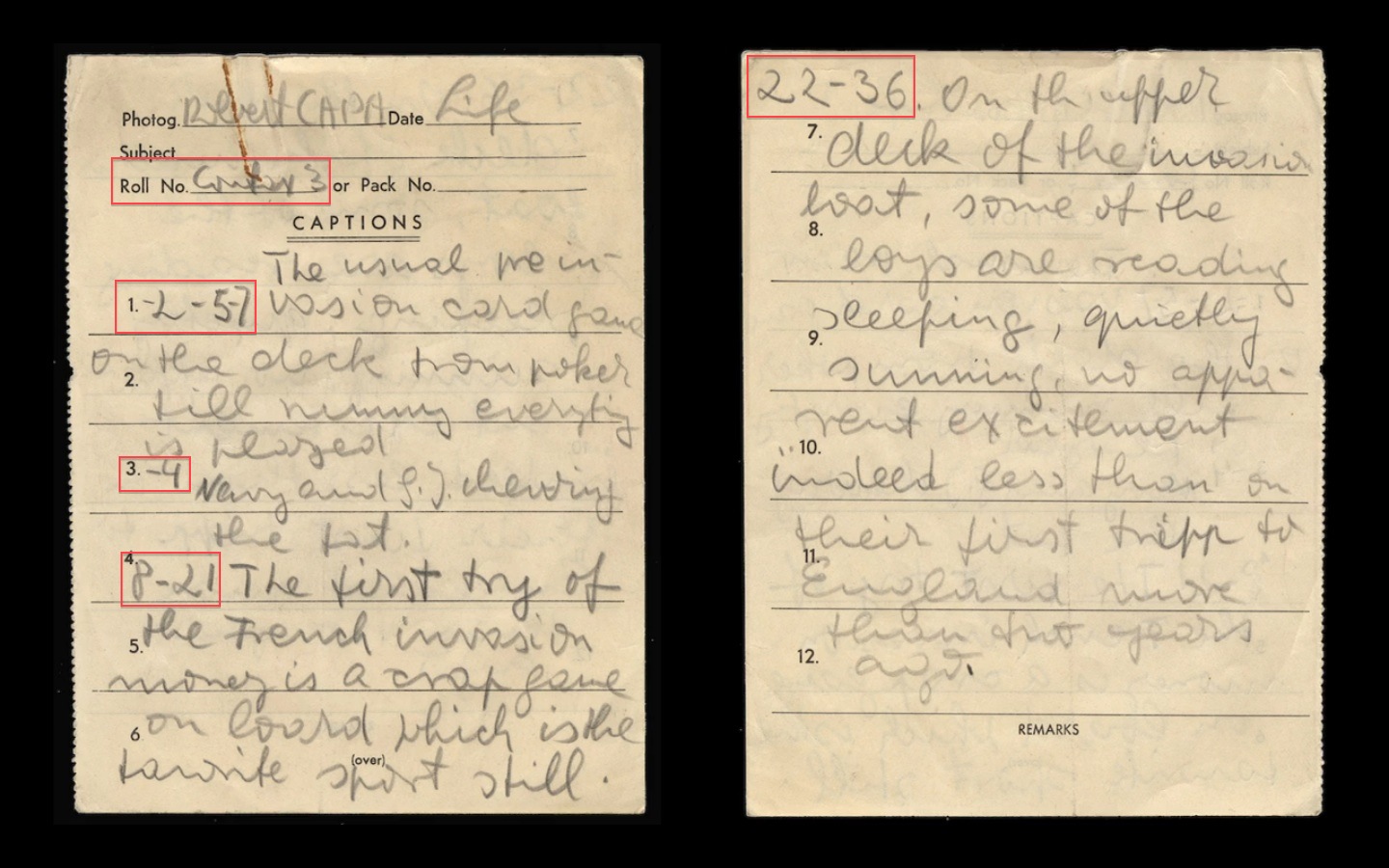
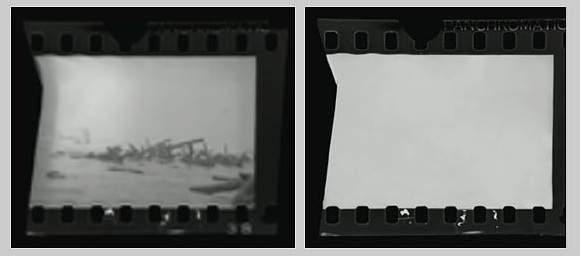
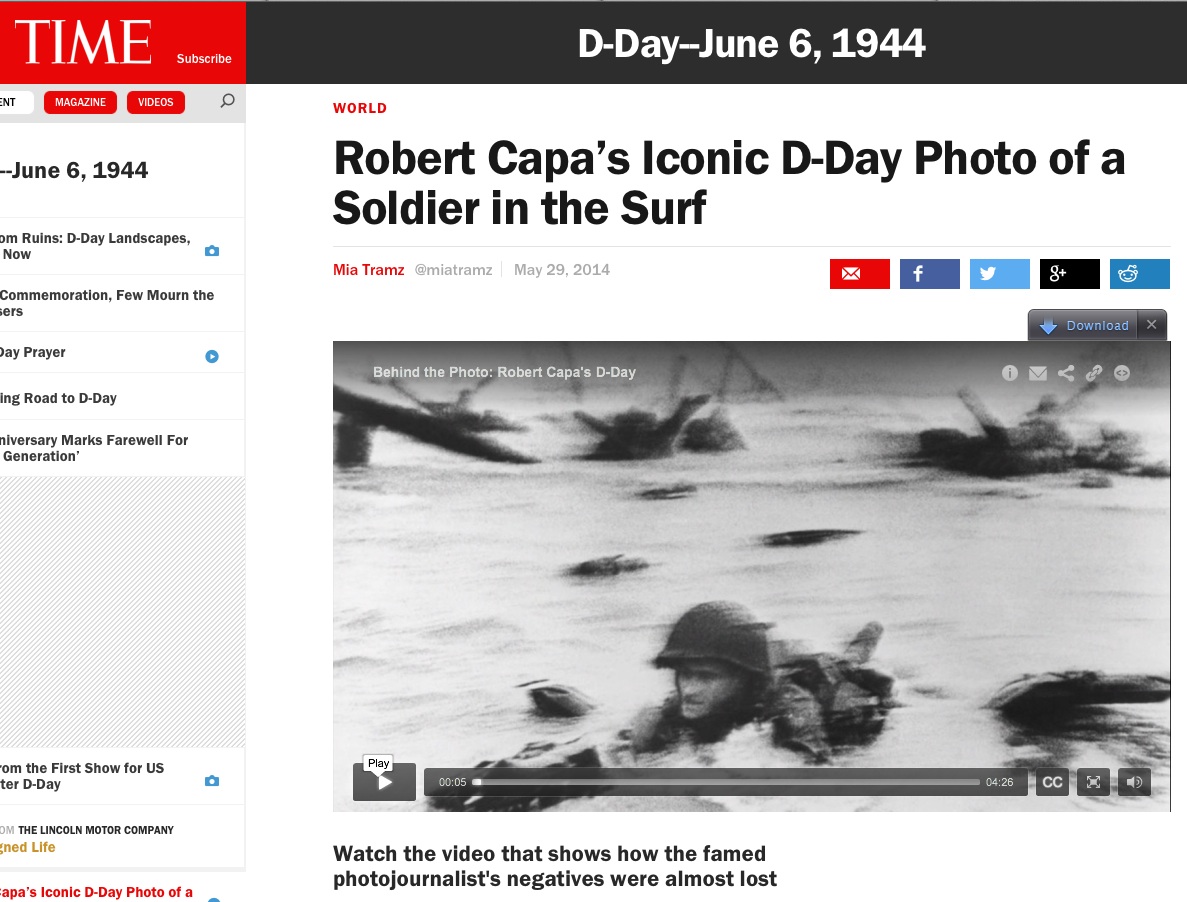
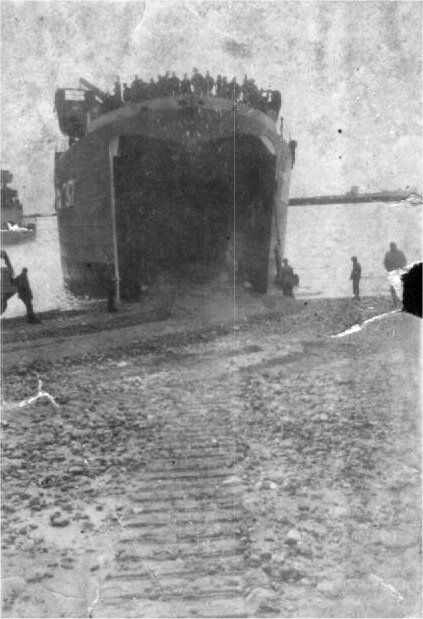

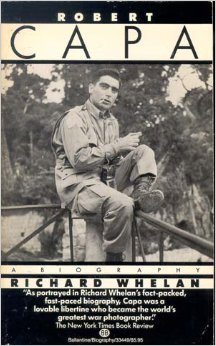
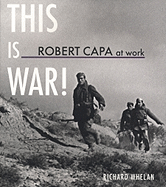




The real story here seems to be summed up by David Scherman in his interview with John Loengard — that all journalists “realize that you invent a good picture.” Take a look at my driver’s license, or yours. It’s partly true, and largely not. Nor is reality black and white, in and out of focus, or sectioned off into neatly numbered frames of 35mm film. I’m only sorry that we could not have begun this investigation with the useful narrative that has emerged at last — what happened to those rolls of film and when — tracking them from Capa’s camera to the LIFE darkroom to the printed page. Now that seems to be a story that can be supported by lots of documentary evidence.
I find what you call the emerging narrative much more interesting than the myth — not just consistent with the evidence, and thus entirely plausible, but vastly more nuanced as a story of complex personal and professional loyalties, and an example of how a white lie, told sub rosa, can take on a life of its own, go viral, and become a cultural meme. The myth falls apart on close scrutiny; the truth (or what I think is the truth) has resonance.
I wish John Morris could see that, but I fear he’s locked himself into protecting the legend — including his own — at all costs. As they say, it’s not the crime, it’s the cover-up.
Peter Marshall, who has tracked this investigation at his excellent U.K. blog Re: PHOTO, has posted a thoughtful response to this installment, “Morris Strikes Back.” Two excerpts:
* “Reading it [‘The A. D. Coleman Attack,’ by John G. Morris] through I get the feeling of a man who has rather lost touch with reality and is unable to understand much of the research that Coleman and others have put into this and very much wants to make sure the truth remains hidden.”
* “We may well never know the entire truth – and I think Morris is determined to try and stop us doing so.”